Concrete
Or Call: (020) xxxx–xxxx
Concrete is a material that has been used for centuries to create buildings, sculptures, and other structures. It’s made from sand, gravel, water, and cement. The first concrete was invented by the Romans around 500 BC.
For thousands of years, it remained an important building material, but over time new materials have emerged as superior alternatives to concrete in some instances. Concrete has come a long way since then!
What is concrete?
Concrete is a building material that typically consists of sand, gravel, water and cement. It is made by mixing these ingredients to form a substance that we can pour into moulds or forms to produce slabs for sidewalks, driveways or roads.
It’s important to note that concrete itself isn’t the thing you stand on when walking over it – instead, it’s what holds everything else in place! The pavement we walk on may have been built using concrete, but there will likely be more support materials such as steel mesh and timber beams underneath.
Why use concrete?
Concrete has many benefits compared with other building materials:
- Strength – Concrete has high compressive strength meaning it resists being crushed by pressure from above, and high tensile strength meaning it resists being pulled apart by forces from the sides.
- Durability – Concrete is very hard wearing and can last for many years, even with constant use in harsh environments such as roads or paths. This makes concrete an excellent choice for exterior applications like driveways exposed to rain or other water damage (but not submerged).
- Reliability – Concrete has excellent weathering properties making it suitable for all types of climates, including wetter areas where there may also be snowfall during winter months. The colour you paint your house doesn’t affect how well the structure will stand up against strong winds! It’s important to note that if left untreated, concrete can crack after exposure to cold weather.
- Long-Term Cost – If you compare the cost of other popular materials like wood or steel, concrete is usually cheaper in the long term as it is more durable and will last for years without repairs needed. This means that expensive maintenance work won’t be required on your property every few months just because something has broken down again!
- Reduced Maintenance Costs – In addition to holding up better than most materials over time, concrete requires very little upkeep compared with timber decking, which needs regular oiling and sanding, so they don’t warp or rot away. For a material used outdoors, this represents a significant benefit where there’s no need to worry about how to keep it looking fresh or whether there will be any problems with rot later down the line.
- Versatility – Concrete is most commonly known for its use in construction due to how it makes buildings extremely tough but also incredibly solid at the same time. Unlike materials like a brick that are too heavy when used on their own, concrete’s strength comes from being made up of tiny little pieces all stuck together. This means that we can use it for several things, including paving slabs, driveways and even decorative pieces.
• Environmentally Friendly – Using concrete is also beneficial to the environment as far less processing needs to go into its making. Due to its strength, buildings made of this material are extremely tough, which helps eliminate any need for wood or other materials in their construction process. The only by-product created when manufacturing concrete is calcium carbonate which can be recycled into more cement. There’s no environmental impact whatsoever from having too much leftover at the end of production.
Different types of concretes that are available for use on various projects
• Coloured Concrete
Coloured concrete is also commonly known as decorative concrete and is a form of coloured cement. We can use this type of concrete on driveways, patios or any other outdoor surface where you want to add an extra touch that sets your project apart from others in the area.
• Ready-mix Concrete
Ready-mix is often referred to as pre-mixed because it’s ready for use when delivered at construction sites. All its ingredients are already added during production before transport. These concretes are usually made using either small aggregates that will boost their strength or large ones, which will increase how much water is needed to create the perfect consistency required before pouring into forms created by builders for their structures.
• Volumetric Concrete
Volumetric concrete is sometimes referred to as bagged mix because it’s often delivered in bags used to pour into forms created by the builders of structures. As with all types of concretes, volumetric ones can be made using either small or large aggregate depending on its use and overall strength desired before being poured into a form during construction.
• On-Site Mixed Concrete
The on-site mixed concrete is a term that refers to how it’s made. This type of concrete is created on the construction site in which it will be used and can take anywhere from 30 minutes up to an hour for proper curing time before being able to use again, depending on temperature conditions during its creation process before pouring into forms built by builders around objects they want to be cast out of this material when set hard enough during initial drying periods.
• Waterproof Concrete
Waterproof concrete is one of the types available to make structures designed to resist water penetration or otherwise withstand natural elements like rain, snow, and wind. It’s also essential during installation on buildings where waterproofing must occur at all times to not leak through cracks created by settling over time due to weight above this material used to build up floors.
• Rapid Setting Concrete
Rapid setting concrete is a type of this substance that sets quickly, as the name implies. It’s often used for getting things done more rapidly and on time with less effort involved in terms of mixing and pouring substances into moulds to set hard and dry after only a matter of hours instead of overnight or even over several days like other types available for use by these professionals during initial building phases.
• Foamed Concrete
A block of concrete is made with the use of a process called “blowing”. The blowing consists of using compressed air and gas to fill empty spaces inside cement mixtures, creating tiny bubbles in it, giving it more firmness and greater elasticity, resistance towards compression, and higher thermal insulation properties than standard concrete due to having higher thermal insulation properties less density. This type of mixture is sometimes used on roofs and floors due to its lightweight, but it is usually not recommended for exterior walls of buildings.
• Fibre Reinforced Concrete
Concrete reinforced with synthetic fibres made from glass, carbon or aramid. These types of concrete are usually used for reinforcement to make it more resistant and durable against cracking, corrosion and wear down over time which is a benefit when going up vertically on buildings due to its strength. They can also be added if there’s the possibility that vibrations will occur during the transport, casting or finishing process of an object
• Decorative Concrete
A type of decorative mixture often used for interior flooring purposes where the surface has either sanded spots or polished smoothness, giving it an appearance similar to marble/marble patterns that look very elegant. Still, it only lasts through careful maintenance since this type doesn’t have mechanical properties. It’s the aesthetic appeal that makes this type of concrete so popular.
• Self-Compacting Concrete
A type of concrete that uses self-compacting cement is often used for projects where castability and high strength are required. It has the highest compressive strength than other types, making this ideal for slabs or structures requiring less permeability, such as parking lots, etc.
• Roll Compacted Concrete
A type of concrete that uses a drum roller to achieve compaction. It’s the least expensive option compared with other types, but it has very poor workability and is less durable due to low strength.
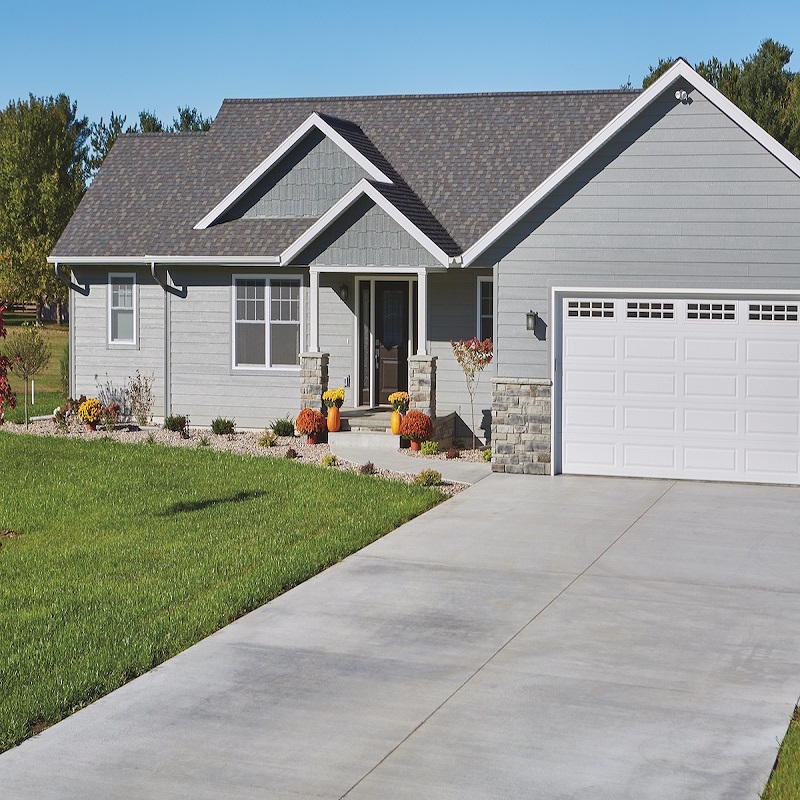
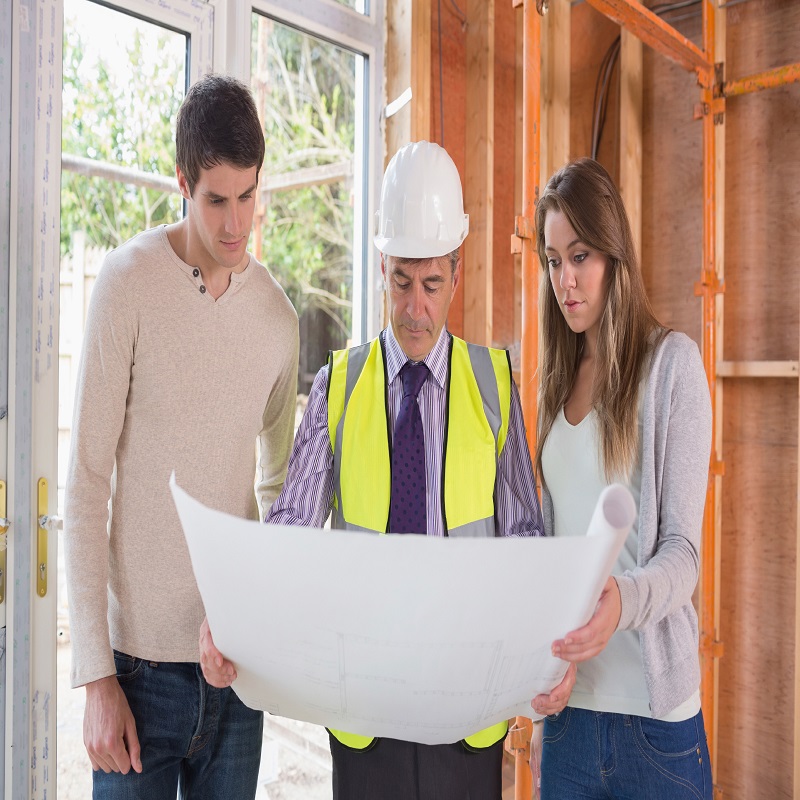
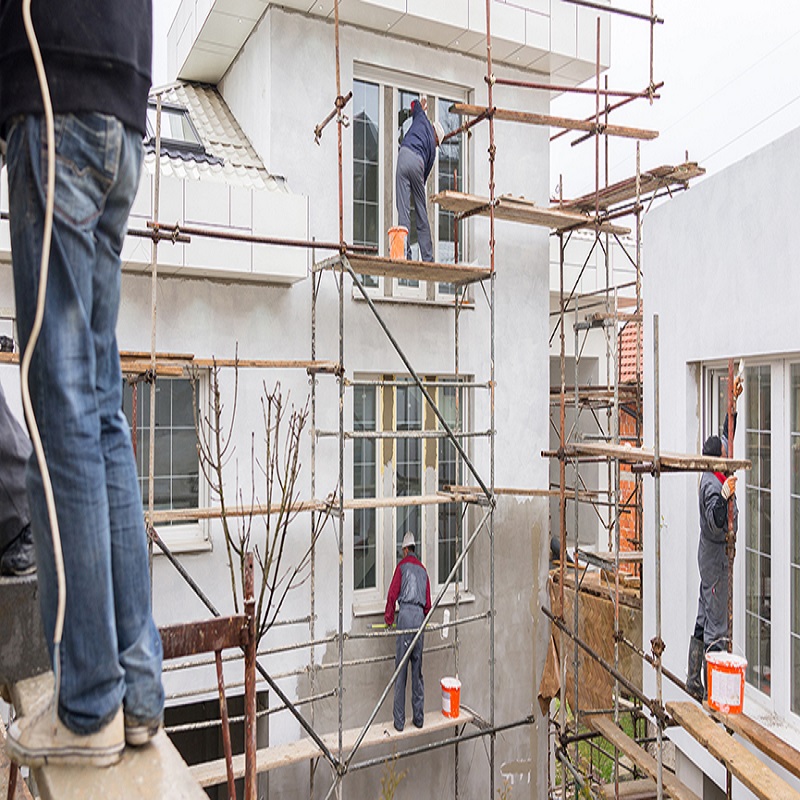
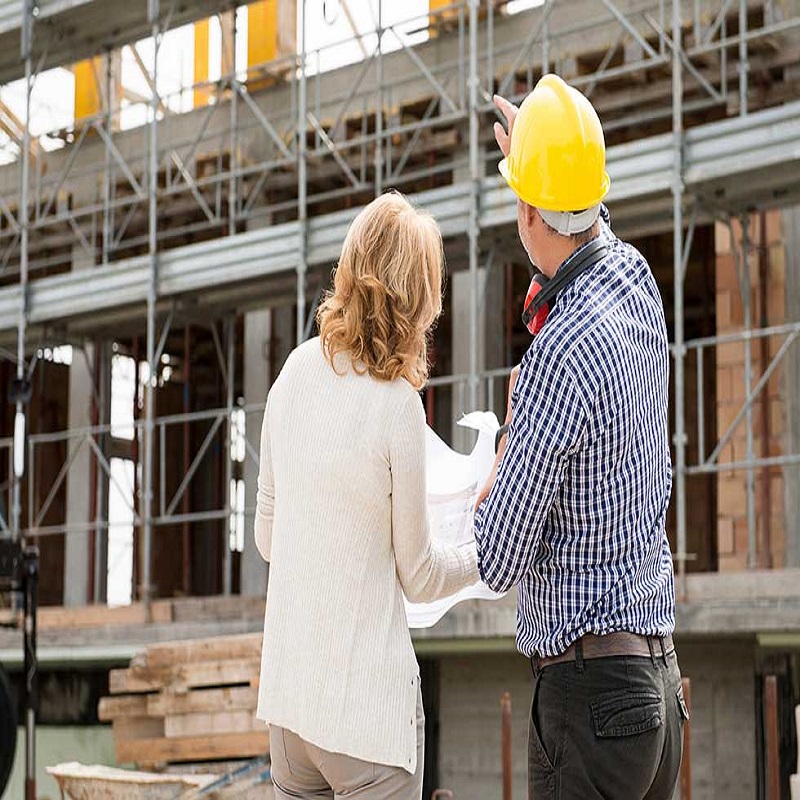
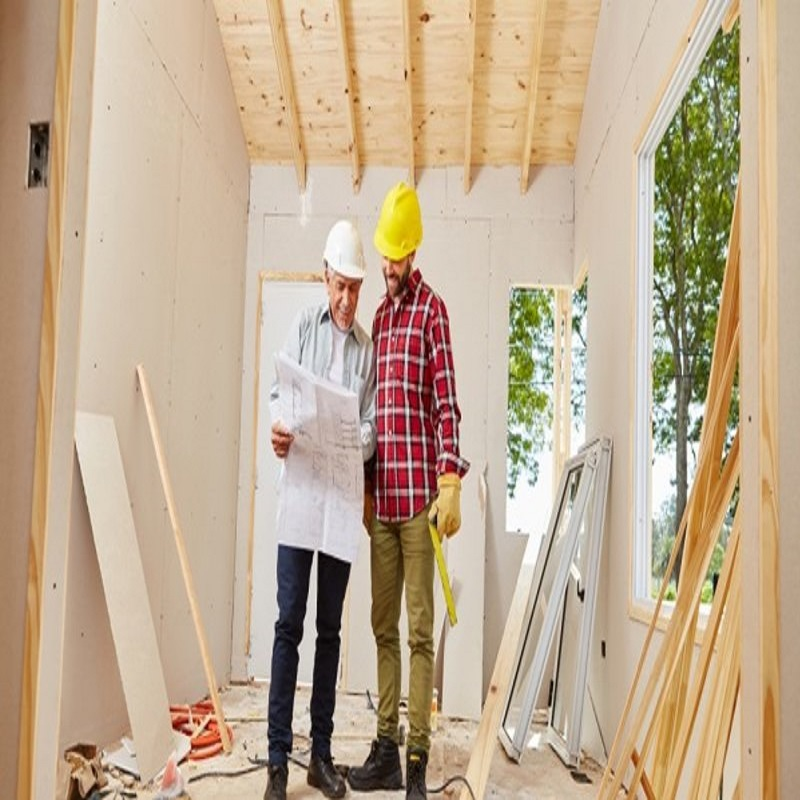
Drawbacks of concrete
While concrete is a versatile material, it also has several drawbacks. Due to its porous nature and high porosity, concrete is susceptible to damage from acid rain, alkali-aggregate reactions etc. It’s also harder than other materials such as wood or steel, making it more difficult for workers on site.
How do we lay the foundation for your project?
To lay the foundation properly, there are specific steps that must be followed carefully by our team. However, before proceeding, please ensure that you provide us with any relevant drawings/ blueprints about your site/project because these will help point out where we should be laying the foundation on the site.
The first step is to clear away any debris on the worksite and then lay down a gravel bed for drainage purposes. This ensures that moisture won’t collect on top of your concrete as it cures, which would otherwise affect its strength and durability over time. We will also pour some sand along with more gravel before levelling out the surface using a screed board – this results in an even base with no lumps or bumps underfoot!
Once you are happy with our team’s efforts here, we can move onto compacting it further by walking all over it or driving vehicles across its surface area – remember that we must not apply too much pressure during compaction because if there is, cracks may appear on the surface of your new concrete driveway!
Tips on how to save money when paving your property
The cost of paving your driveway can vary widely depending on the type of material you choose and who does it for you. Because there are so many different kinds of materials that go into paving, costs also tend to vary by the region where they’re located because local providers may charge more or less than others outside their area too!
To save money when paving your driveway, you can do the labour yourself or get help from friends, family etc. If you’re doing it on your own, though, make sure to check local regulations for permits required too!
How we build forms around the object, we’re casting in concrete
To build forms around the objects we’re casting in concrete, we have to set up a temporary structure out of wood. Once they are ready and firmly attached to your object with screws or bolts, it’s time for us to start adding either paper-based fibreglass mesh tape or metal wire mesh into these holes if you require additional strength on that section of your driveway!
Once this is done, we will fill them with a combination of sand and Portland cement powder by our team before being wetted down one final time – after curing for anywhere between three days and two weeks depending upon the weather conditions at the site where work is taking place, removing them from about your new concrete driveway can begin!
Finishing touches and curing time
The last thing we do is to apply the finishing touches to your new concrete driveway.
We will use special rollers and floats after adding more water if necessary, which are used for polishing the surface of your driveway until it is smooth enough before allowing time for curing!
This process usually takes around five days or so, depending on weather conditions at the site where work occurs. Once cured, we remove all forms from your new concrete driveway.
Why cement is a crucial ingredient in concrete, and how it’s made
Cement is the most vital ingredient in concrete. Cement is an effective binder, which means it holds everything together and makes the final product strong enough to withstand the wear and tear that comes with daily use.
The cement used for making concrete has to be carefully selected depending on what environment you live in or where your project will take place!
Is concrete better than other materials like wood or brick?
Concrete can be much stronger than both wood & brick combined when correctly mixed by a professional contractor! Concrete sealers – which one is right for your needs the recommended time between applying coating products onto new surfaces should not exceed 30 days; otherwise, no chemicals used later would adhere properly to the surface, peeling off quickly because they are not able to bond correctly.
Common mistakes to avoid when working with concrete
• Underestimating the amount of concrete, you need
It is NEVER a good idea to underestimate the amount of concrete you will need when it comes to concrete!
• Ordering the wrong kind of concrete
Another common mistake when ordering your required materials for construction projects is ordering the incorrect type or grade. This could result in having to pay higher prices and cause delays with getting everything needed on time.
• Improper installation of concrete forms
The proper installation process can help ensure that all forms installed around any structure remain secure and durable over time while maintaining their form shape and strength. This means they should be fastened securely every 12″ along their perimeter edge using #14x ¾”, hot-dipped galvanized nails spaced no more than 12″ apart. Additionally, they should be fastened to the ground every 12″ using #14x ¾”, hot-dipped galvanized nails.
• Using the wrong cement-to-water ratio
When adding water, you need to adjust your concrete mix after it starts becoming sticky and before it becomes too soupy. If you add too much water at this stage, however, there’s a risk that excess water will form air pockets in your structure, leading to cracks or other issues over time. The proper consistency for pouring is similar to oatmeal (not runny like milk). You can test if your mixture has reached the appropriate level by taking some into a spoon or small container then tipping it off back into its original pile; if lots of small drips fall and quickly disappear, you’ve added too much water.
Concrete care tips for homeowners
If you want to ensure that your concrete is protected and lasts a long time, it’s vital to seal the surface. Applying an appropriate coating after you’ve poured your structure will cover the material from damage to weather conditions like rain or sunlight.
The most common types of finishes for this purpose are silicate-based penetrative sealers which penetrate deep into the pores of the material and help keep water out while also providing some mildew resistance; alternatively, there are acrylic-polymer hybrids that form a rigid layer on top of your concrete but can be more expensive and may require special equipment (and both options should only be applied by professionals).
If you need help with anything else please feel free to call us on
020 xxxx xxxx
